The Dirt on Filtration
The fragrance of clean water and nearby flowers intoxicates your senses. Enjoying a naturally-balanced pond in your own outdoor setting is an attainable luxury every homeowner can experience. Your personal vacation spot begins with clean and healthy pond water.
Not only do ponds need plants, fish, aeration, and rocks and gravel, to ensure a low-maintenance ecosystem, a pond must have adequate filtration to keep the water healthy and beautiful. There are three types of pond filters, which are biological, mechanical, and sterilizers. Biological filters use bacteria to break down pond wastes, converting them into less harmful compounds that can be used as aquatic plant fertilizers. Mechanical filters catch and eliminate debris and sediment. Water sterilizers send water through a tube that has an ultraviolet bulb, killing living particles in the water.
A biological filtration system with a proper mechanical filter is the most effective way to filter water. This method eliminates the need for sterilizers and guaranteeing a natural ecosystem pond.
What the pond skimmer does?
A pond skimmer also known as mechanical filtration, is used to eradicate debris before becomes decays. The skimmer also stores and conceals the pump and plumbing, instead of being unsightly placed directly into pond.
Box skimmers and floating skimmers are the two main types of filters. Both filter the water by removing debris and waste before it makes its way to the bottom of the pond. The box skimmer is popular because it’s easy to maintain.
Box-style skimmers have either vertical or horizontal filter mats. Horizontal mats are the most efficient and require the least amount of maintenance. While vertical mats need to be constantly cleaned and examined to ensure there is enough water for the pump to work correctly. Horizontal filter mats also lay flat so there is no drooping and they maintain their shape. They will never clog enough to prevent water from passing to the pump chamber.
When water goes in the skimmer, the debris is trapped in the skimmer basket and the water is again filtered through the mat. The water then journeys through the underground plumbing and back up to the biological filter where it’s treated once more before arriving back into the pond.
Biological Pond Filtration
The biological filter receives water that has already passed through the mechanical filter, or skimmer, typically placed on the opposite side of the pond. The water enters the biological filter via flexible pipe located near the base of the unit. The water then flows from the bottom to the top of the filter, traveling through filter media housed inside the unit. The filter media helps with the removal of fine to medium-sized particles. The larger debris was already removed by the skimmer.
As the biological filter fills, it will overflow and cascade over its waterfall lip, cascading down rocks that have been set to create a beautiful, natural-looking waterfall. The waterfall creates aeration for the pond, assisting in the circulation and health of the water
Biological filters on the market today range in size and can filter ponds up to 10,000 gallons. For larger ponds, multiple biological filters can be incorporated into the design.
Science By Design
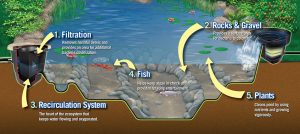
Mechanical and biological filtration are vital to managing the many nutrients found in a pond’s ecosystem, including fish waste, uneaten fish food, leaves, and runoff from lawns to name a few. High levels of ammonia (a form of nitrogen) are extremely toxic to fish and are a chief provider of algae growth, and so they need to be thoroughly regulated. In water gardening, the primary nutrient that biological filtration supplies is usable nitrogen.
In biological filtration, using nitrifying bacteria, attracts and eliminates ammonia, and turns nitrites into safer nitrates. Bacteria requires oxygen to live, so it’s vital for a pond that its pump to run 24/7. Aeration will cease if the pond’s pump is not on and that will cause an unbalanced ecosystem. If the pump shuts down, the bacteria will use up all of the oxygen and die and is a pond nightmare.
Nitrates are then eliminated from the pond by a biological filtration technique known as de-nitrification. This process is only achieved in anaerobic (without oxygen) areas of the pond. Proving it’s not necessarily serious for certain areas of the pond to experience minimal water flow (such as on the bottom of the pond, under an inch or so of gravel). Bacteria that lives in these lower water flow areas turns nitrates into nitrogen gas and then released into the atmosphere. Nitrates are also absorbed by aquatic plants and algae. Another reason why aquatic plants are essential to a healthy pond.
All biological filtration needs billions of bacteria working to purify the water. The more surface area means more bacteria, and more good bacteria the better. Surface area is fashioned by filter media, rocks, and gravel. A pond with benefits from a gravel bottom because it will contain more surface area for bacteria, as opposed to a pond with exposed liner on the bottom.
For additional information, contact us to get your water feature filtration upgraded:


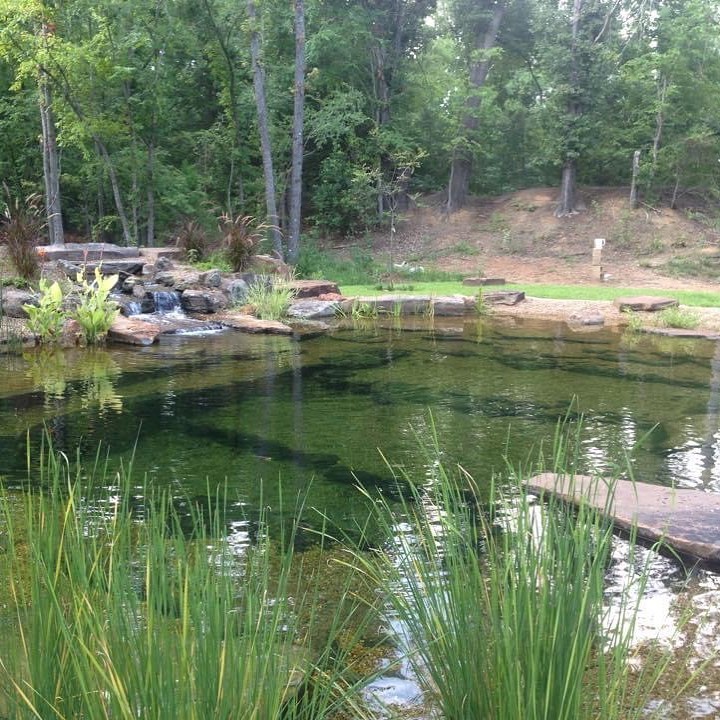
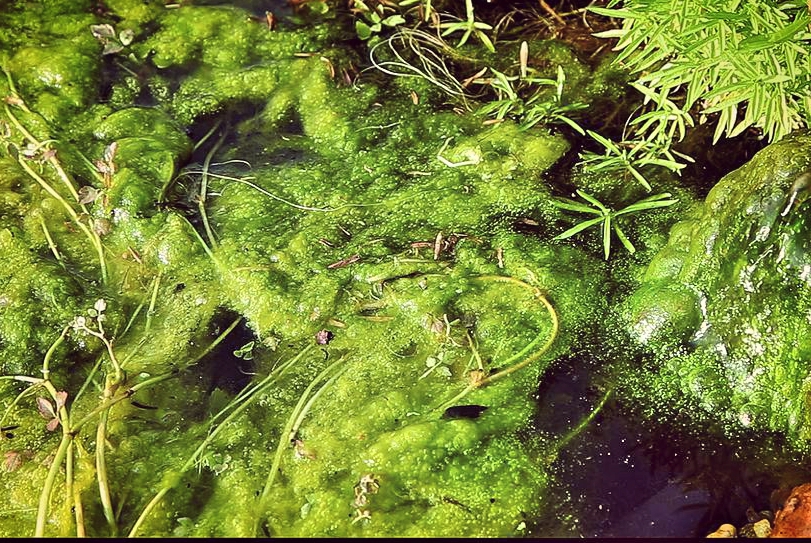
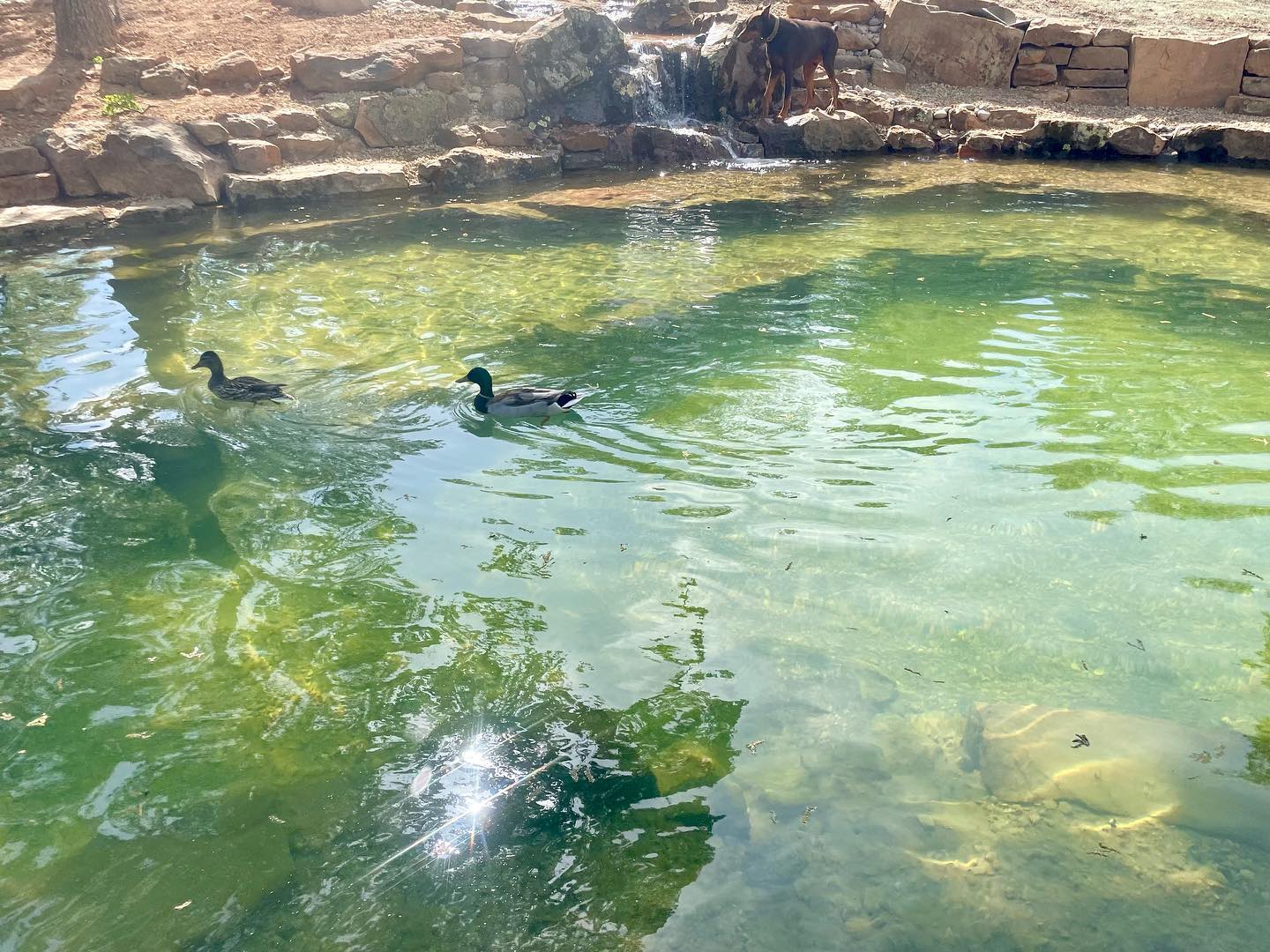

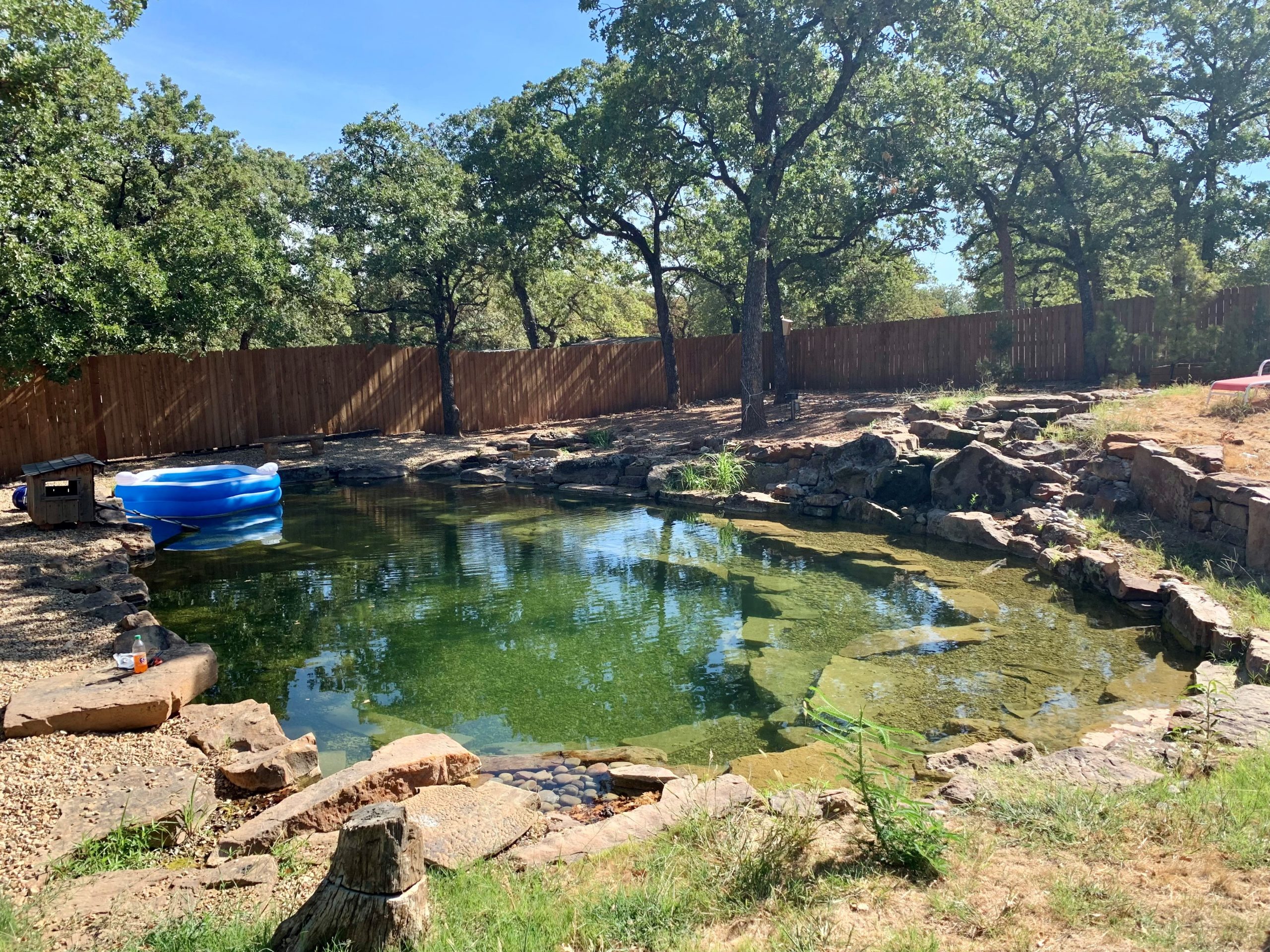
Leave A Comment